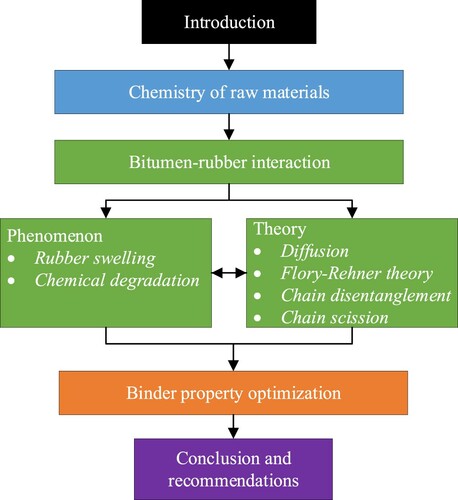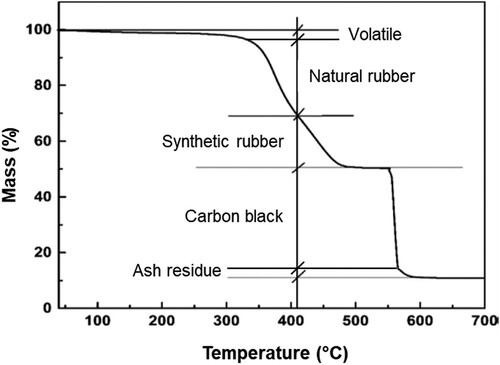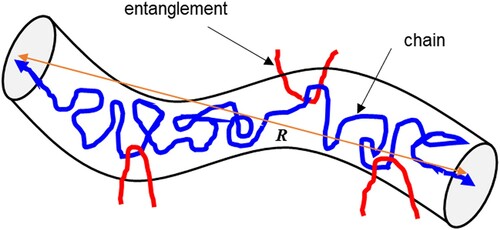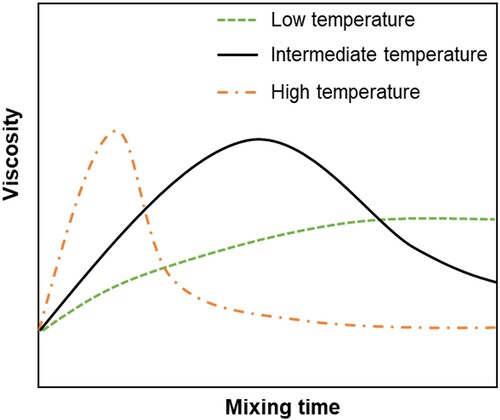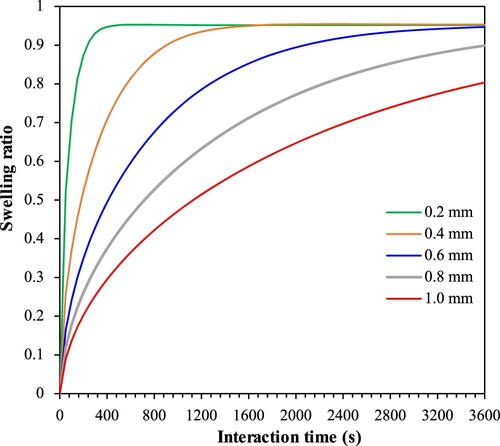Figures & data
Table 1. Physiochemical properties of bitumen and the SARA fractions (Daly Citation2017, Lesueur Citation2009).
Figure 2. Chemical structure of (a) cis-polyisoprene, (b) copolymer SBR and (c) crosslinking after vulcanisation, adapted from Mark (Citation2009).
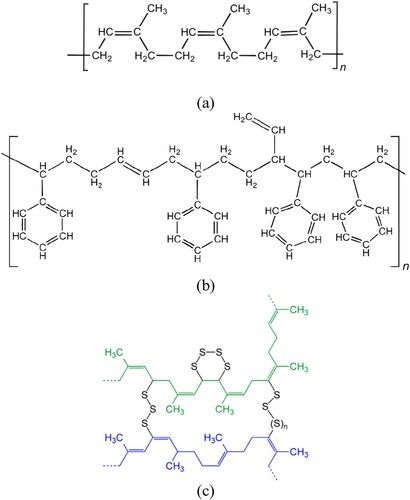
Table 2. Composition comparison of different tires in the EU, adapted from Etrma (Citation2016).
Figure 4. Schematic representation of the molecules of (a) the uncrosslinked polymer and (b) the crosslinked polymer (links are pictured as knots), adapted from Mark et al. (Citation2013).
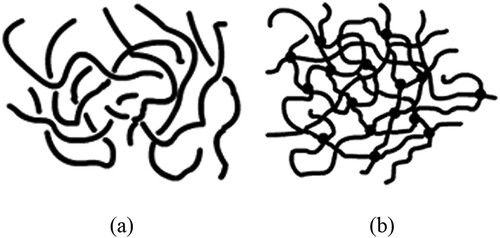
Table 3. Average bond energies of chemical bonds typically in CRMB.
Figure 5. Interaction stages of bitumen and rubber, adapted from Wang et al. (Citation2017a).
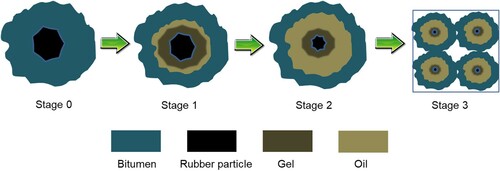
Figure 7. Schematic representation of the dissolution process for polymer molecules, blue lines represent polymer chains and yellow dots represent solvent molecules. (a) polymer molecules in solid state just after being added to a solvent; (b) a swollen polymeric gel; (c) solvated polymer molecules dispersed into a solution.
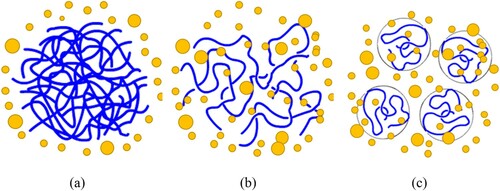
Figure 8. A schematic diagram of a one-dimensional solvent diffusion and polymer dissolution process, adapted from Narasimhan (Citation2001).
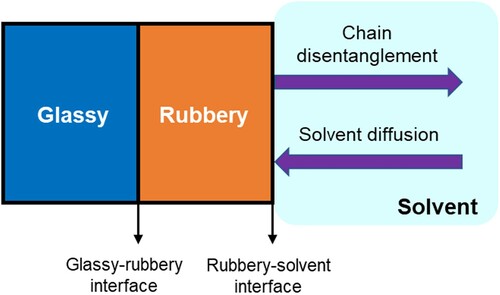
Figure 10. Schematic representation of the surface layer structure, adapted from Miller-Chou and Koenig (Citation2003).


